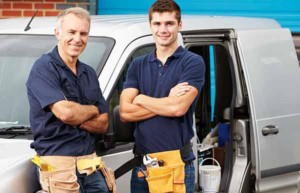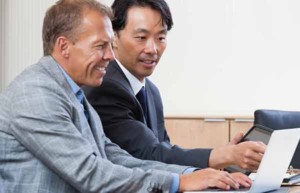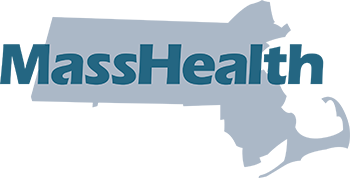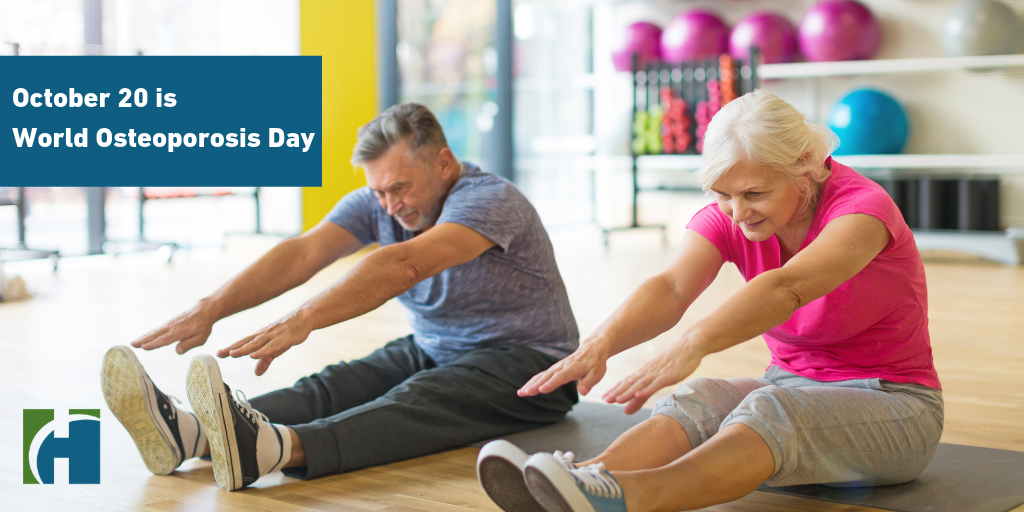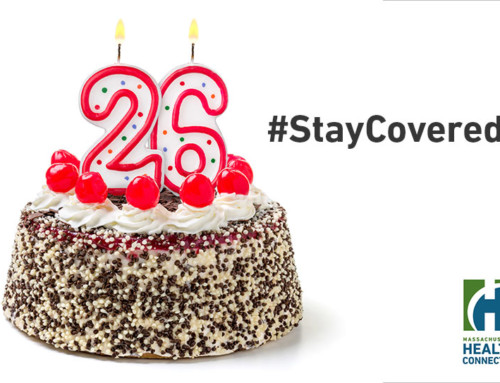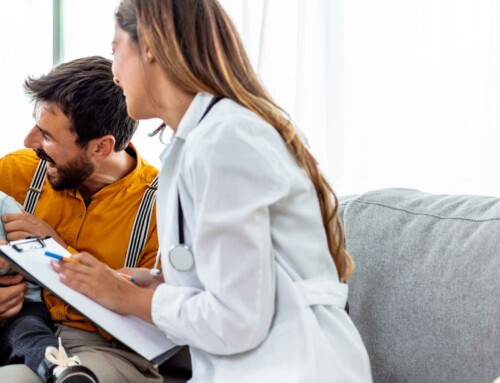If you’re age 50 or over, you are more likely to develop Osteoporosis, a condition that causes your bones to lose mass and density when you age, and can potentially lead to broken bones. Even though exercises that are hard on the joints such as running will be more challenging, there’s no reason you shouldn’t feel strong and in shape. Here are some types of exercises that will not only give you a good workout, but also help you rebuild strength in your bones.
1. Weight Bearing Aerobics
According to the Mayo Clinic, weight-bearing aerobics are important because they work with the bones in your legs, hips and lower spine to slow mineral loss, thus maintaining bone density. These also provide cardiovascular benefits which can boost your heart and circulatory system health. Examples of these types of exercises include dancing, gardening, or even taking a walk around your neighborhood.
2. Stretching
Stretching is important for any athlete to reduce joint stiffness and increase flexibility. According to the Cleveland Clinic, however, stretching once or twice a day will help reduce back pain and promote good posture if you have osteoporosis. Yoga and Pilates can be excellent for getting these stretches in, but make sure to avoid certain positions, specifically ones that require you to bend forward because they increase the chance of you breaking a bone in the spine.
3. Strength Training
According to Meredith Gibson, a physical therapist at the Cleveland Clinic, strength exercises are important for stimulating bone growth, and it’s important to do them two or three times a week. Gibson also says that it’s not about how many reps you do, but rather about how much you lift, so doing fewer reps with heavier weights will bring the desired results. It’s also important to know that strength training is about targeting certain areas of the body, so make sure to target the areas that are most prone to fracture such as the spine, hips, and wrists. Examples of these types of exercises include: weight machines, elastic resistance bands, or even standing on your toes.
Before you head over to the gym, it’s important to note that not everybody has the same experiences with Osteoporosis. Make sure you consult your physician to have them measure your bone density and assess your fitness.


